The Center for Economic Research and Reforms (CERR) has updated the "Bank Activity Index" for 29 commercial banks of Uzbekistan, on the basis of which a quarterly rating of banks has been compiled. The study is conducted to monitor changes in the share of the private sector in banking assets, as well as to assess the effectiveness of reforms and transformation processes in the banking sector of Uzbekistan.
When calculating the Index, bank indicators were used in the following areas: financial intermediation, financial accessibility, capital adequacy, asset quality, management efficiency, profitability, liquidity.
In the study, banks are divided into two groups — large and small. A rating was compiled for each of the groups. At the same time, the group of small banks includes banks operating only in Tashkent (or only in one region).
As of December 1, 2022, the assets of the banking system of the republic amounted to 555.3 trillion sums (growth 29.9% by December 1, 2021), liabilities – 476.9 trillion sums (+32.4%), loans – 382.1 trillion sums (+19.1%) and deposits – 216.5 trillion sums (+50.9%). Currently, 57.8 thousand people work in the banking system.
The balance of the loan portfolio of banks in Uzbekistan (the balance of debt on loans issued by banks to legal entities and individuals) as of December 1, 2022, amounted to 382.1 trillion sums. The total volume of deposits amounted to 216.5 trillion sums. The ratio of deposits to loans has changed positively (56.7%) compared to the previous period (44.7%). By composition, most of the loan balances fell on legal entities – 74.4%, 25.6% – on individuals, the distribution of deposits was 73.3% and 26.7%, respectively. At the same time, the activity of individuals increased by 3-4% compared to last year.
Analysis of appeals about the activities of banks
In the course of the study, the appeals of citizens received by the People's Reception Offices during 2022 were studied. In particular, 48 thousand appeals (on average 131 in 1 day) were received on issues related to the activities of the banking sector.
The largest number of appeals, almost 25% related to the activities of Halq Bank, then goes Agrobank and Mikrokreditbank. At the same time, the study of repeated 6 thousand appeals showed that the largest number also fell on the above-mentioned banks.
31.6% of the appeals were resolved positively. The largest number of rejected applications belongs to Mikrokreditbank, Agrobank and Halq Bank.
The study revealed that about 9 thousand appeals of citizens concerned issues of dissatisfaction with the activities of banks.
Rating of activity of large banks for the IV quarter of 2022
Following the results of the 4th quarter, Kapitalbank again topped the rating of the most active large banks in Uzbekistan. Hamkorbank has strengthened its position, holding the second place in the rating, and Asia Alliance Bank closes the top three, which has risen by one point, shifting Trastbank to 4th place.
Asia Alliance Bank maintained its liquidity indicators (1st place) and financial intermediation (1st place), improving asset quality indicators by two points to 5th place and management by three points to 6th place. However, the rating results indicate that Asia Alliance Bank should pay attention to the capital adequacy indicators, which remains unchanged, as a year ago, the bank occupies the last line of the rating on this indicator (17th place). Should be mentioned that in the IV quarter of 2021, Asia Alliance Bank improved its position in the rating by 2 points and at the same time took 6th place, showing good results in financial intermediation, potential profitability and liquidity.
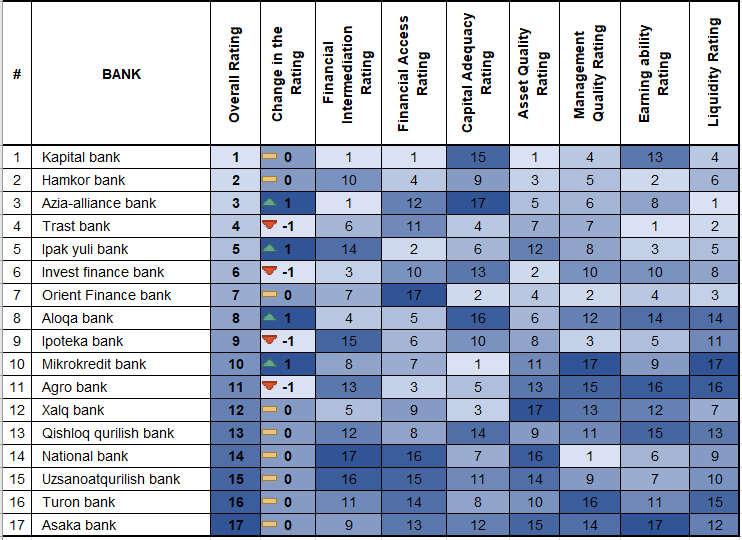
Of the large state-owned banks that are in the process of transformation, Ipoteka Bank has again lost its place in the rating and dropped to 9th place in the overall rating. This bank has shown a decline in financial intermediation for the third quarter in a row (15th place), which indicates the need to further increase the ratio of term deposits to loans, increase the efficiency of using funds received from other banks and financial institutions, as well as obligations to the Ministry of Finance. Despite the fact that the bank has slightly improved its financial liquidity indicator to 11th place in the rating, the analysis indicates the expediency of improving the ratio of highly liquid assets to total assets.
In the 4th quarter, according to the indicator of financial intermediation, the National Bank retained the 17th position in the rating of large banks, also according to this indicator, Hamkorbank dropped by 3 points, Invest Finance Bank and Agrobank by 2 points, and Halq Bank by 1 point.
In terms of profitability, Asaka Bank retained the last place in the rating, Halq Bank, which dropped by 2 positions, Aloqa bank and Agrobank lost one position.
In terms of management efficiency, Uzpromstroybank lost 4 positions.
In terms of asset quality, the last place was taken by Halq Bank, and the largest decrease was shown by Microkreditbank, which lost 3 positions.
Mikrokreditbank turned out to be the worst bank in terms of management efficiency and liquidity.
Despite the fact that Asaka Bank's financial accessibility and liquidity indicators have improved somewhat, this bank still occupies the last place in the overall rating.
Rating of activity of small banks for the IV quarter of 2022
Among 14 small banks, the Top 3 remained unchanged, so in the 3rd quarter of this year, Davrbank, Universal Bank and Ziraat Bank hold the lead, having again strengthened their positions.
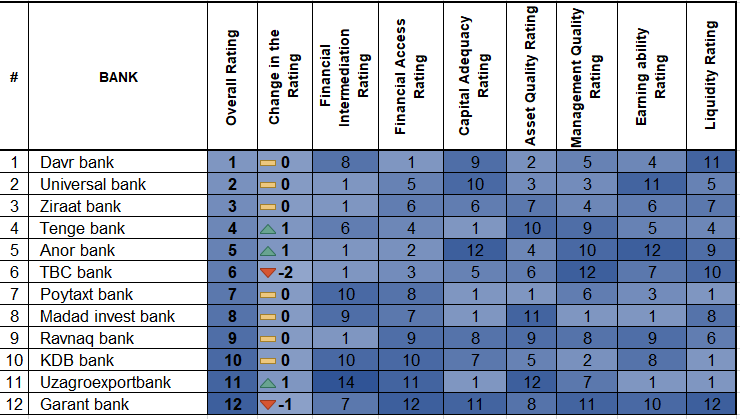
Among 14 small banks in the fourth quarter, TBC Bank and Garant Bank failed to maintain their positions in the rating, while Tenge Bank, Anor Bank and Uzagroexportbank rose one point in the rating.
In Uzbekistan, the banking system is still in the stage of active development and is preparing for the privatization of state-owned banks. The state's share in the banking sector is scheduled to be reduced from the current 82% to 40% in 2025.
The ongoing changes and the growth of the competitive environment in the banking system indicate the need for further development of private banks, in particular by searching for innovative financial products and services.
To get a full report, methodology and detailed information about the study, please contact the Center for Economic Research and Reforms.
CERR Sector for the study of the banking, finances and the capital market
tel: (78) 150 02 02 (410)
CERR Public Relations and Media Sector
tel: (78) 150 02 02 (417)

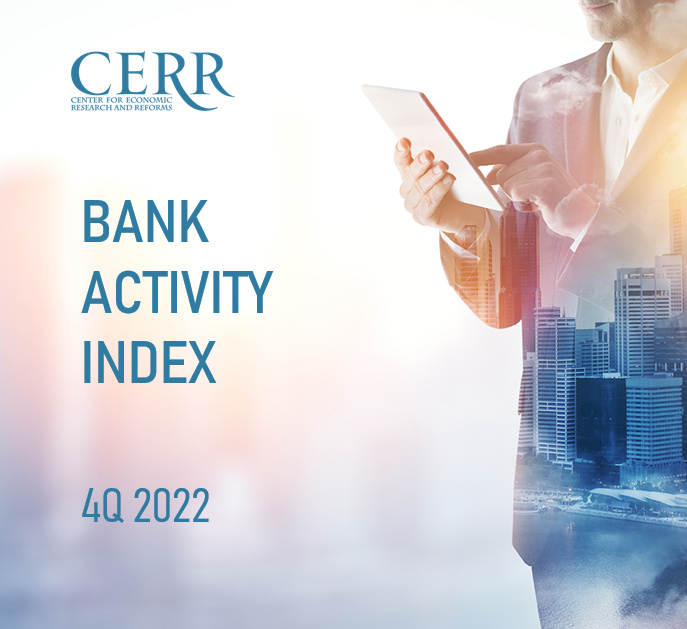
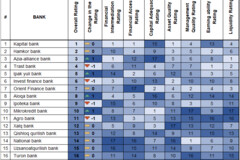
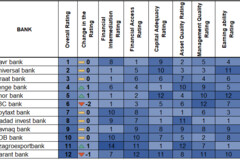
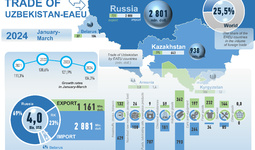
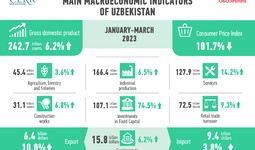
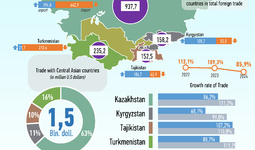



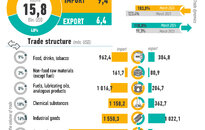
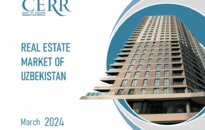
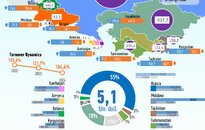

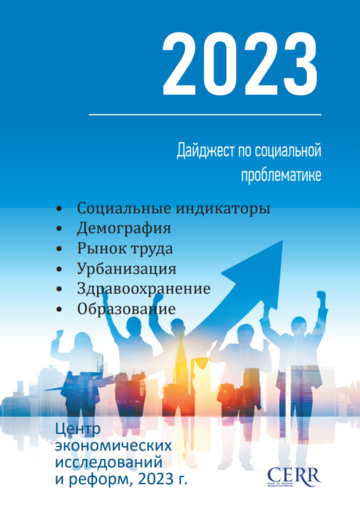



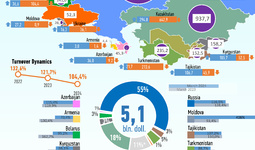



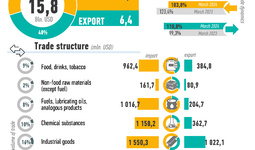
leave a comment